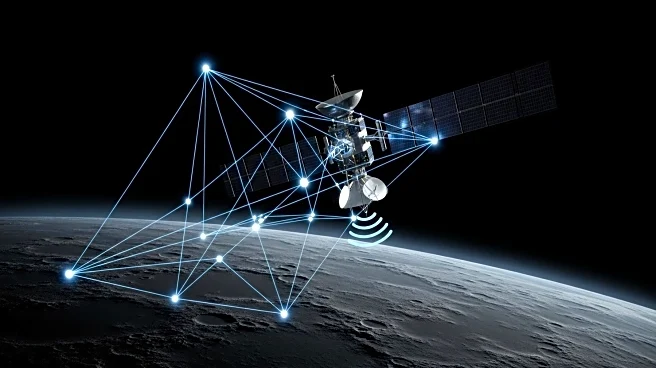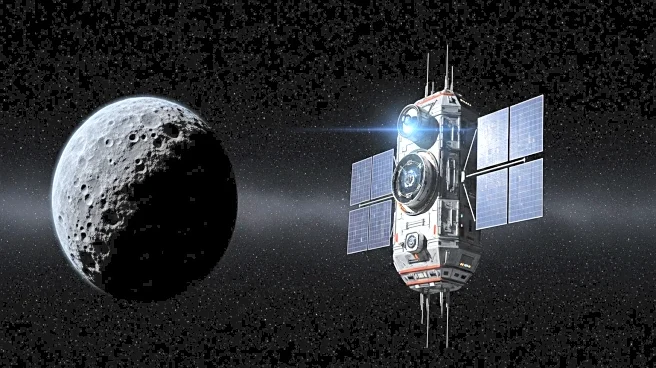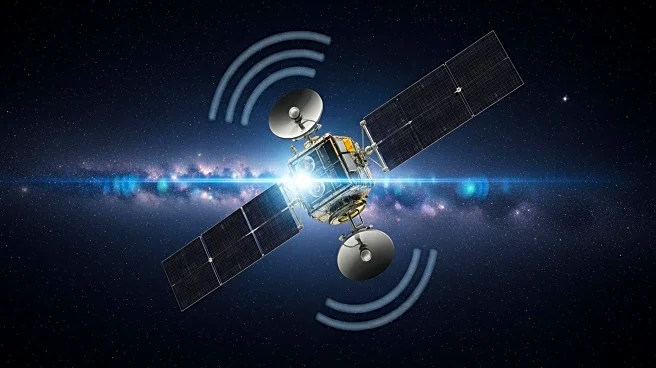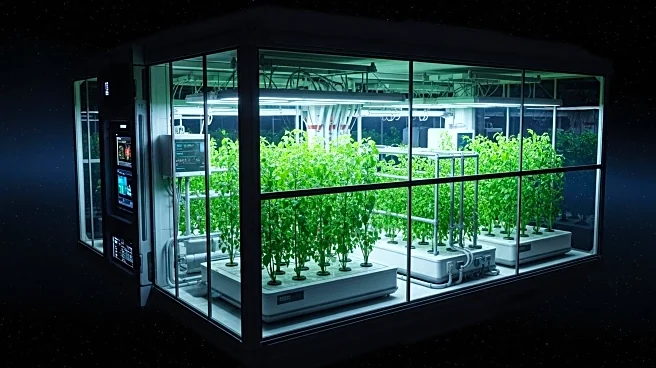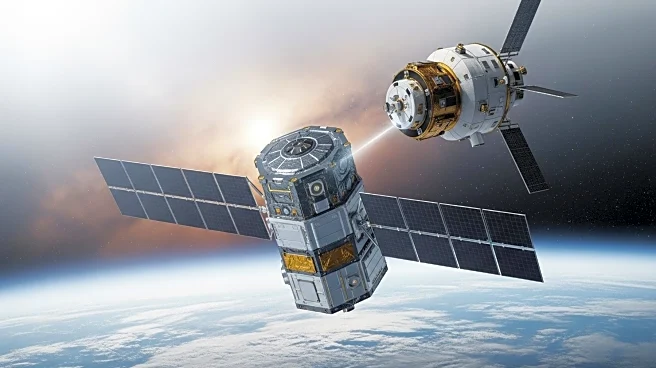What is the story about?
What's Happening?
Solstar Space has been awarded a $150,000 Small Business Innovation Research contract by NASA to develop Wi-Fi access points for the Artemis and Commercial Lunar Payload Services (CLPS) programs. The contract involves creating preliminary designs for Wi-Fi systems that will be used in human landing systems, lunar rovers, instruments, payloads, sensors, spacesuits, and tablet computers. Solstar's founder and CEO, Brian Barnett, emphasized the importance of Wi-Fi-enabled systems for these missions, highlighting the collaboration with NASA's Johnson Space Center, which has pioneered Wi-Fi technology in space. The company aims to develop commercial products suitable for CLPS missions, which last about 14 Earth days, and to create radiation-hardened Wi-Fi access points for longer-duration Artemis missions. These systems must withstand the moon's extreme thermal conditions and meet strict size, weight, and power constraints.
Why It's Important?
The development of Wi-Fi systems for lunar missions is crucial for ensuring robust communication between astronauts, robotic systems, and lunar vehicles. This technology will facilitate real-time data flow, navigation, and scientific collaboration, which are essential for the success of NASA's Artemis missions. By enabling persistent connectivity on the lunar surface, Solstar's technology could significantly enhance the operational capabilities of lunar missions, supporting both human and robotic exploration. The contract represents a significant step forward in space-based connectivity, potentially setting a precedent for future lunar and space exploration missions. The success of this initiative could lead to broader commercial opportunities for Solstar and similar companies in the space technology sector.
What's Next?
Solstar plans to continue developing its Lunar Wi-Fi Access Point (LWIFI-AP) to meet NASA's requirements for space-rated, multi-mode, multi-protocol, and multi-band wireless access points. The company aims to have these systems ready for deployment on a CLPS mission as soon as possible. As the Artemis program progresses, further collaboration with NASA and other space agencies could lead to additional contracts and advancements in space communication technology. The successful implementation of these systems could pave the way for more extensive commercial involvement in lunar exploration, potentially leading to new partnerships and technological innovations.
AI Generated Content
Do you find this article useful?
